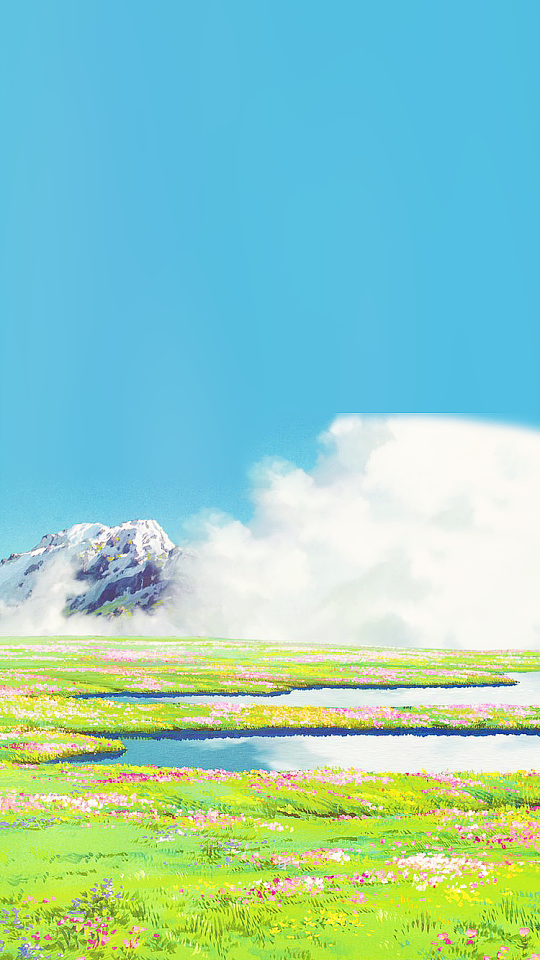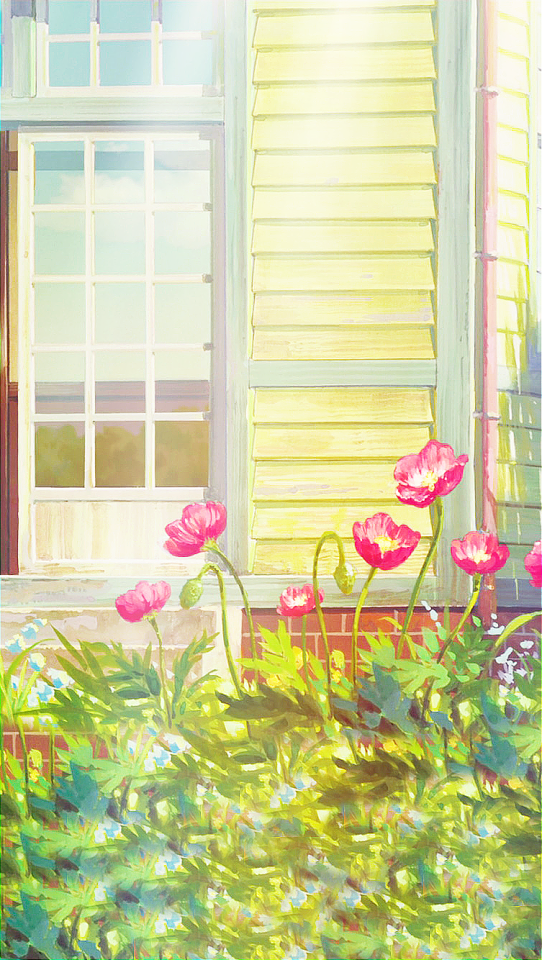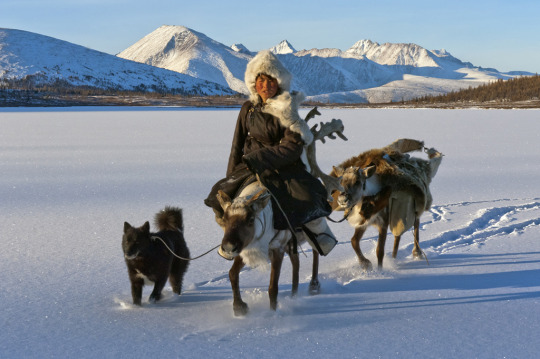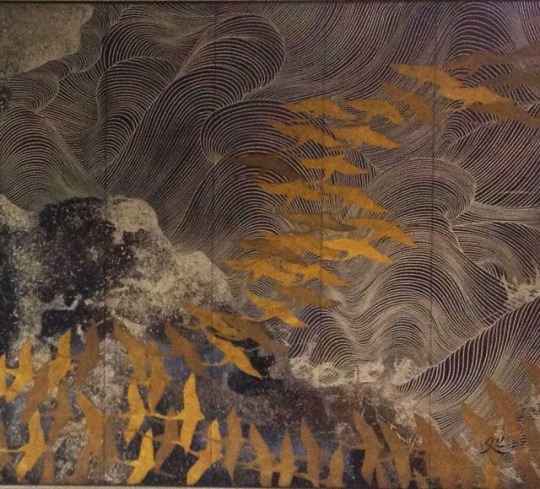blog is inactive, send an ask if you're lookin' for me elsewhere
Don't wanna be here? Send us removal request.
Text
if you’re reading this it’s too late we’ve reached the end of the queue, and shapechangersinwinter dot tumblr dot com has now officially closed its doors. thanks again to everyone who’s joined me for this wild and wacky ride, for all your interest and support. keep loving monsters and being excellent to each other, and take care of yourselves.

48 notes
·
View notes
Video
tumblr
Why is this funny to me? I need to grow up.
401K notes
·
View notes
Photo

Raise a glass.
edit: forgot his freckles like a heathen
4K notes
·
View notes
Text
im a witch i mixed some herbs and crystals together and now my cat knows the f word
144K notes
·
View notes
Photo

131 notes
·
View notes
Photo

“Eclipse of 1900. I do not know where this came from.” Yale Peabody Museum of Natural History. May 28, 1900.
2K notes
·
View notes
Photo


“What’s happening is really special. Someone like me, of my ethnic background, playing a leading lady on Broadway, is something I’ve personally never seen and is really meaningful.”
179 notes
·
View notes
Photo

332. Diana of Versailles (Diana the Huntress) - Musée du Louvre, Paris, France
33K notes
·
View notes
Photo









Ghibli + Flowers
56K notes
·
View notes
Photo





The Tsaatan (Dukha) Reindeer Nomads from the Mongolian North, or the Dark Heavens.
Photographs by Hamid Sardar-Afkhami
50K notes
·
View notes
Photo

Moondance International Film Festival logo by Elizabeth English
322 notes
·
View notes
Photo







byōbu-e 屏風絵 - peinture sur paravent
Kayama Matazō 加山又造 (1927-2004).
2K notes
·
View notes
Photo

“Who do I ask for help? Is it all on me?…Is it all on me?”
Day 319: Sonya (Natasha, Pierre, and the Great Comet of 1812)
Happy Opening @greatcometbway!
3K notes
·
View notes
Photo

Amphibians and Reptiles of Tennessee. 1965.
1K notes
·
View notes
Photo

While I was born here in Bluff, I was raised amongst my mother’s people in Whakarewarewa. I grew up in a village within a hapū, Tūhourangi Ngāti Wāhiao. One of my fondest memories as a child was sitting in the baths with all the kuia who had moko. I was just fascinated, fascinated with lines. I used to stare at them. I just loved moko. Back then a lot of the kuia had moko, and growing up in the pā you used to run around and into everybody’s house, and they fed you, cuddled you, looked after you.
The moko was very common, but only among the kuia.
By Mum’s generation, nobody was being done. That would have been post-war, I suppose. When we had only one kuia left in the pā, I asked my Mum, “Why don’t you get one?”
She said, “Too sore.”
She’d seen it done in the old way as a child; it was a whole lot of blood, and they never flinched or made a sound. My mother was absolutely not having any of that. And by that point I think people thought it was gone, a part of the old world.
But I loved looking at the moko and at the kuia.
I came back to Bluff as a young woman and helped develop the marae; we were quite young to be doing that. There was nothing visibly Māori here, or little to none, back in 1973. There was what they called the Māori house and the Waitaha Hall for functions. After the wharekai was opened, I’d chat with my peers and we’d say we should all get a moko when we turned 40. But no-one was game enough, and it wasn’t the thing to do. It had almost become invisible.
As they started to revive the moko in the past 15, perhaps 20 years, I would see the women and see photographs and think how beautiful it was. A few years ago Mark Kopua, who had come down to do a tā moko wānanga, asked me about my kauae. “Funny you’d say that,” I told him, “because I’ve always wanted one, but now that I have the opportunity I’m a bit scared.”
Three years later I said yes. I’d given myself enough time to get the courage.
I’m thrilled with the revitalisation of the arts. I love seeing the other women and it’s almost like we have a link; an unspoken thing. I don’t know if it’s our moko talking to each other or if it’s the wairua that goes with it.
I think I was fortunate that my parents who raised me understood the beauty behind it; the beauty of the moko. If I think back, there were photos on the wall of two of my kuia with moko kauae – my grandmother’s sisters – from the time I was a baby. And I had a picture of my great-grandmother, and she had one as well.
Mihipeka Wairama of Tūhourangi, painted in 1912 by Charles Goldie, is Hana’s great-grandmother.
Tā moko rising
6K notes
·
View notes
Photo









Great Comet appreciation #3 — Brittain Ashford
269 notes
·
View notes
